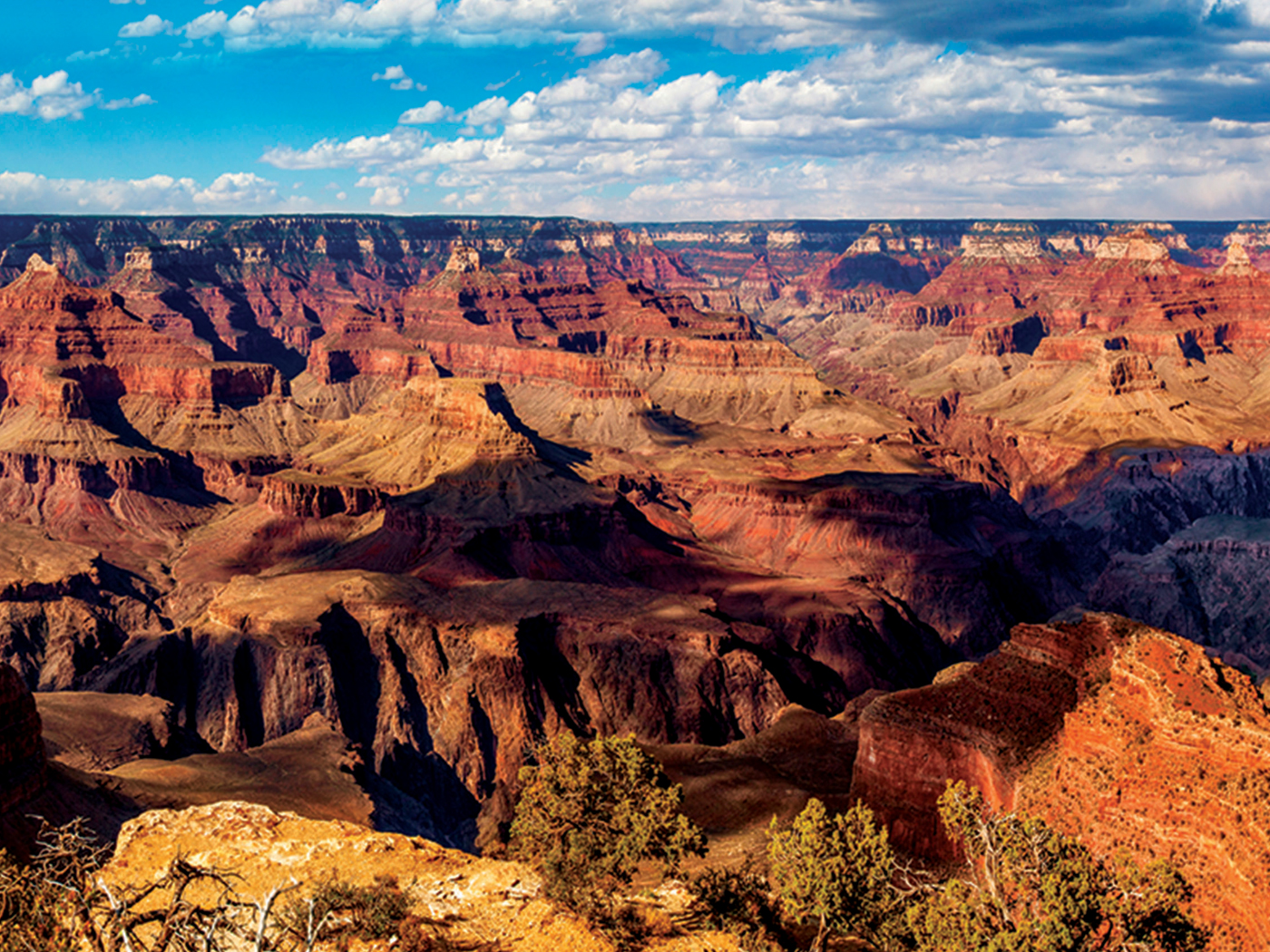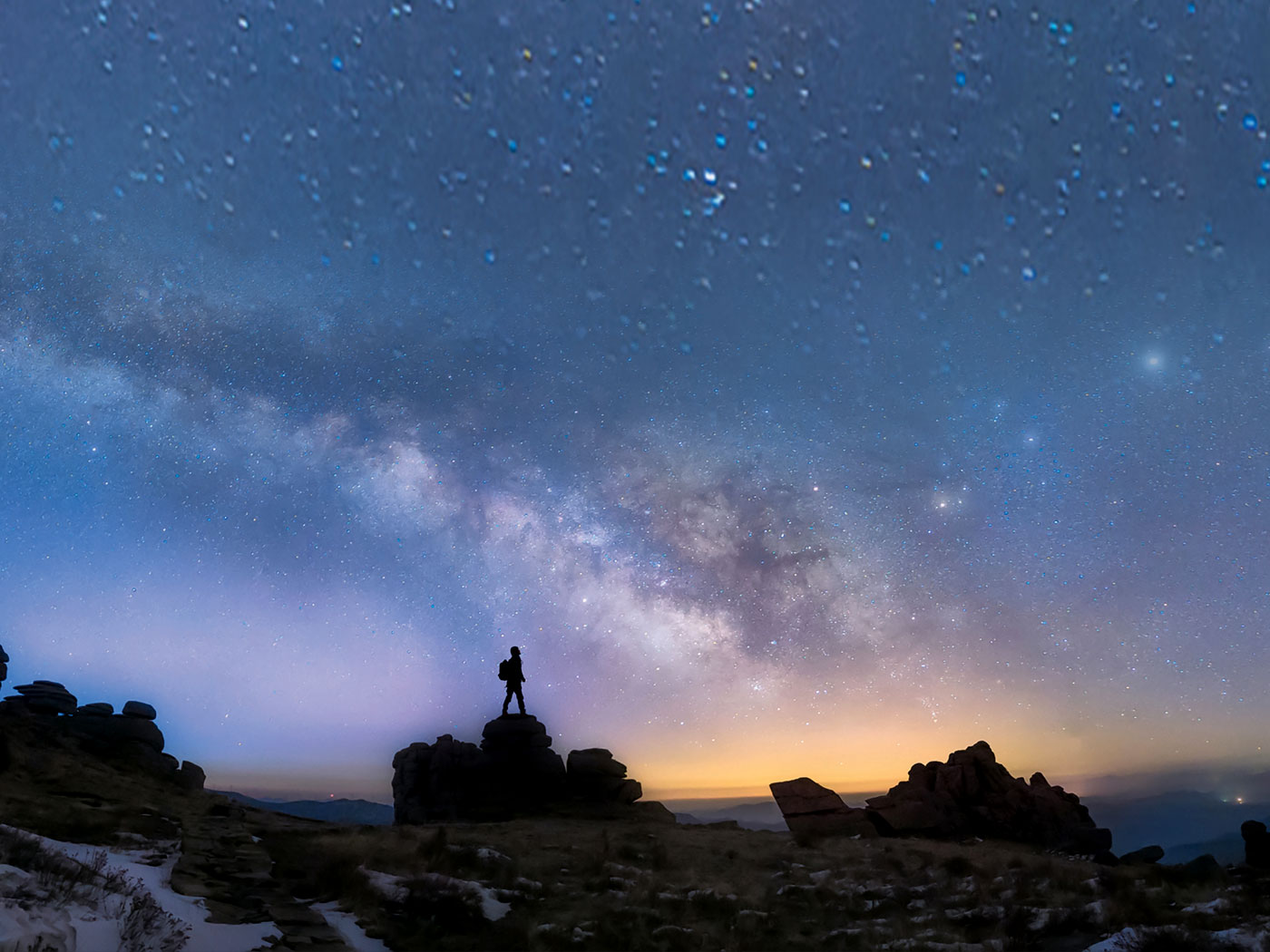There are few animals more nightmarish than an 8-foot sea scorpion. Although, they were not true scorpions, their fossils display a menacing and formidable creature.
The discovery of a giant fossilized claw from an ancient sea scorpion indicates that when alive it would have been about 2.5 meters [8.2 feet] long, much taller than the average man.1
We all can breathe a sigh of relief as most of them seemed to have perished in the Flood about 4500 years ago, or at least went extinct shortly thereafter.
Sea scorpions (order Eurypterida) are a chelicerate arthropod. They have no evolutionary history: “...the timing of chelicerate origins and the type of body plan that characterized the earliest members of this group have remained controversial.”2
They first “appeared” in Ordovician sediments as 100% sea scorpions, “Eurypterids first appeared in the Ordovician, attained their maximum diversity during the late Silurian and early Devonian, and became extinct at the end of Permian.”3 Nor has conventional science found any ancestors to the sea scorpions in rocks deposited earlier. It appears they were always sea scorpions from the beginning of creation.
Recently, zoologists have described a new eurypterid in South China, naming it Archopterus anjiensis. “It represents the first unequivocal Ordovician eurypterid recorded in China as well as the oldest one ever found in the country...“3
As always, the evolution connection of this new discovery is cryptic at best. The article stated that Archopterus adds “new knowledge to the early evolution of eurypterids in Gondwana,”3 and “any reported occurrence is of great significance to understanding their early evolutionary history.”3 New knowledge? Great significance? They’re still eurypterids (sea scorpions). “The specimen [Archopterus anjiensis] is preserved, together with diverse sponges, graptolites and occasional nautiloids, in a 10 m [33 feet] thick shale of marine deep-water setting.”4
Associated with diverse sponges, Archopterus anjiensis was found in a deep-water environment at a depth of several hundred meters. This occurrence, along with some Ordovician eurypterids from a normal marine environment, may indicate that some early eurypterids favored living in deeper waters than their post-Ordovician relatives.3
Or it may indicate that eurypterids were able to move in and fill a variety of marine ecosystems at various depths in the pre-Flood world. Indeed, the Phys.org article stated they had “high ecological diversity,” with some having the ability to breathe air.5
Very rarely, a new fossil species of a Eurypterid is discovered. Creationists embrace this and other unique fossil findings as they reflect the imaginative and artistic design of our Creator. We can only echo what was said in the Book of Acts, “Lord, thou art God, which hast made heaven, and earth, and the sea, and all that in them is.”6
References
- Science Writer. Giant fossil sea scorpion bigger than man. Phys.org. Posted on phys.org November 21, 2007, accessed May 29, 2023.
- Aria, C. and J. Caron. 2019. A middle Cambrian arthropod with chelicerae and proto-book gills. Nature. 573:586-89.
- Yuan, L. Earliest sea scorpion from China found in end-Ordovician Anji Biota in Zhejiang. Phys.org. Posted on phys.org May 17, 2023, accessed May 29, 2023.
- Wang, H. et al. The first documentation of an Ordovician eurypterid (Chelicerata) from China. Cambridge University Press. Posted on cambridge.org May 10, 2023, accessed May 29, 2023.
- Lamsdell, J. et al. 2020. Air Breathing in an Exceptionally Preserved 340-Million-Year-Old Sea Scorpion. Current Biology. V. 30. pp. 4316-21.
- Acts 4:24
* Dr. Sherwin is science writer at the Institute for Creation Research. He earned an M.A. in zoology from the University of Northern Colorado and received an Honorary Doctorate of Science from Pensacola Christian College.




















